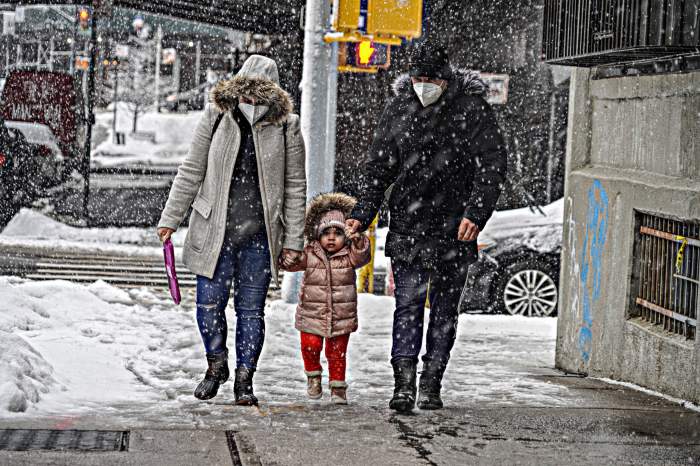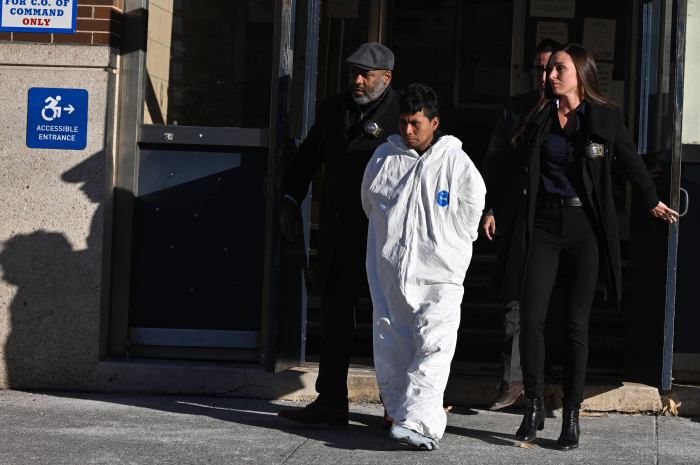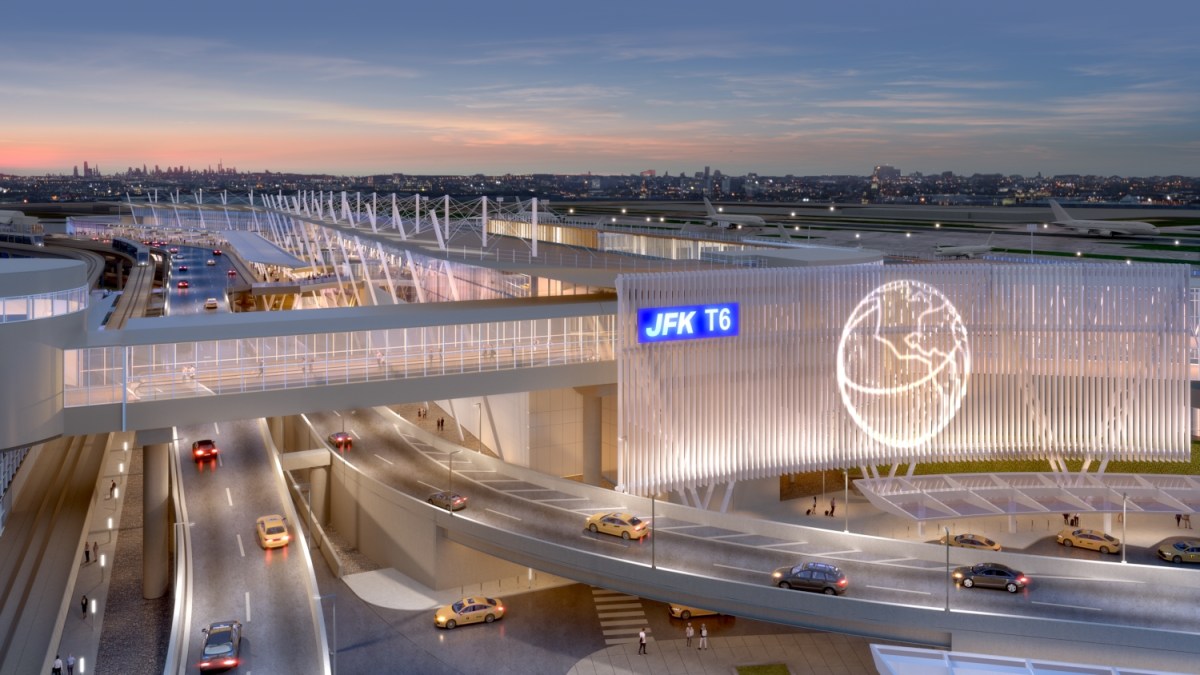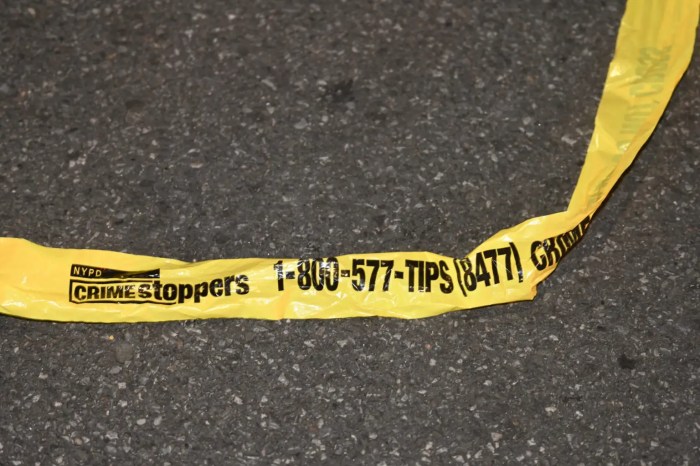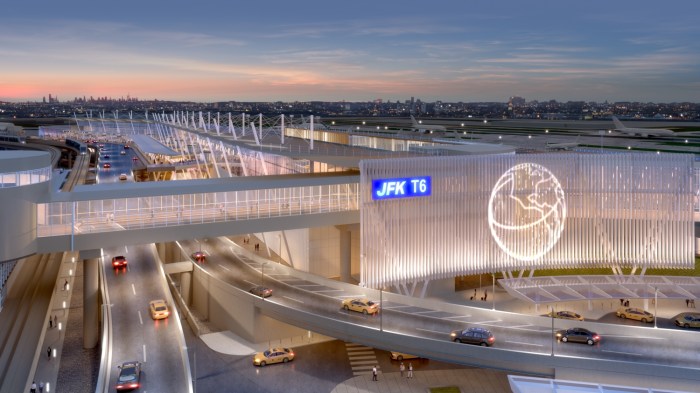
Mayor Bill de Blasio is planning changes to 24 streets around the city in hopes of improving the city’s abysmal bus service.
As part of his lofty bus plan unveiled earlier this year, the mayor outlined details Thursday to redesign two dozen corridors, rolling out features like new bus lanes and altering traffic lights to communicate with moving buses over the course of 2019. The ultimate goal is to improve bus speeds by 25% over the year.
“All of this is about helping people get around. All of this is about improving quality of life; all of this is about reducing the stress and helping people get where they need to go on time so they can really experience all the good in this city,” said De Blasio at a news conference at the 92nd Street Y. “This is something New Yorkers deserve. We want this to be the fairest big city in America.”
MTA bus service is the slowest in the nation and averages about 7.5 mph citywide, the city comptroller found. The service has been shedding ridership every year since 2014, but it still serves almost two million commuters a day — primarily riders with lower-incomes and typically people of color.
De Blasio was hopeful that the recent passage of a congestion pricing blueprint at the state level can help him achieve his bus improvements, as well as several other transit upgrades under the city’s control.
The plan includes changes for buses running on major Manhattan avenues, like stretches of Lexington and Madison; Woodhaven Boulevard in Queens and Broadway in the Bronx.
“It’s going to open up a whole series of positive options for us going forward,” said de Blasio on congestion pricing, which he called “a victory for all New Yorkers.”
Two of those options: more pedestrian space and less disruptive truck deliveries, according to de Blasio. The mayor also announced plans to pilot a new pedestrianized zone in lower Manhattan this year as well a goal to triple the number of businesses involved in the city’s overnight and off-hour delivery program, from 500 to 1,500.
“It’s time to take another step to experiment with pedestrian priority zones — areas that are devoted just to pedestrians — so that we can give people an easier time walking around,” de Blasio said. “We are probably the number one walking city in America.”
While the state controls the MTA, which operates bus service, the city manages the streets on which those buses run. Much of de Blasio’s bus strategy revolves around painting new bus lanes, giving buses priority as they approach traffic lights at 300 intersections and redesigning intersections in an attempt to keep buses from getting snagged in traffic.
The mayor has also targeted enforcement to keep drivers from blocking bus lanes. The city has towed 432 vehicles as part of the strategy since it was announced at his State of the City address in January.
Community opposition to the loss of driving lanes or parking has helped weaken bus improvements over the years. De Blasio said there would be room for residents’ input, but that changes are necessary.
“I want to be clear that we must speed up our buses, so one way or another we’re going to get there,” de Blasio said.
Nick Sifuentes, the executive director of the Tri-State Transportation Campaign, which was part of a larger coalition that pressured the mayor to focus on bus fixes, was supportive of the plan. He said the biggest question mark will be the fate of a proposed bus-only corridor on 14th Street. De Blasio said he was finishing hearing out locals on that project and will have an announcement ready next week.
The key to the mayor’s plan, Sifuentes said, is that it helps makes the improvements easier to advocate for.
“We’ve been kind of beating this drum for a while now — that everyone needs to de-parochialize these fights and look at bus improvements as a citywide fight,” he said. “That’s an incredibly important technical and rhetorical thing they’re doing.”





